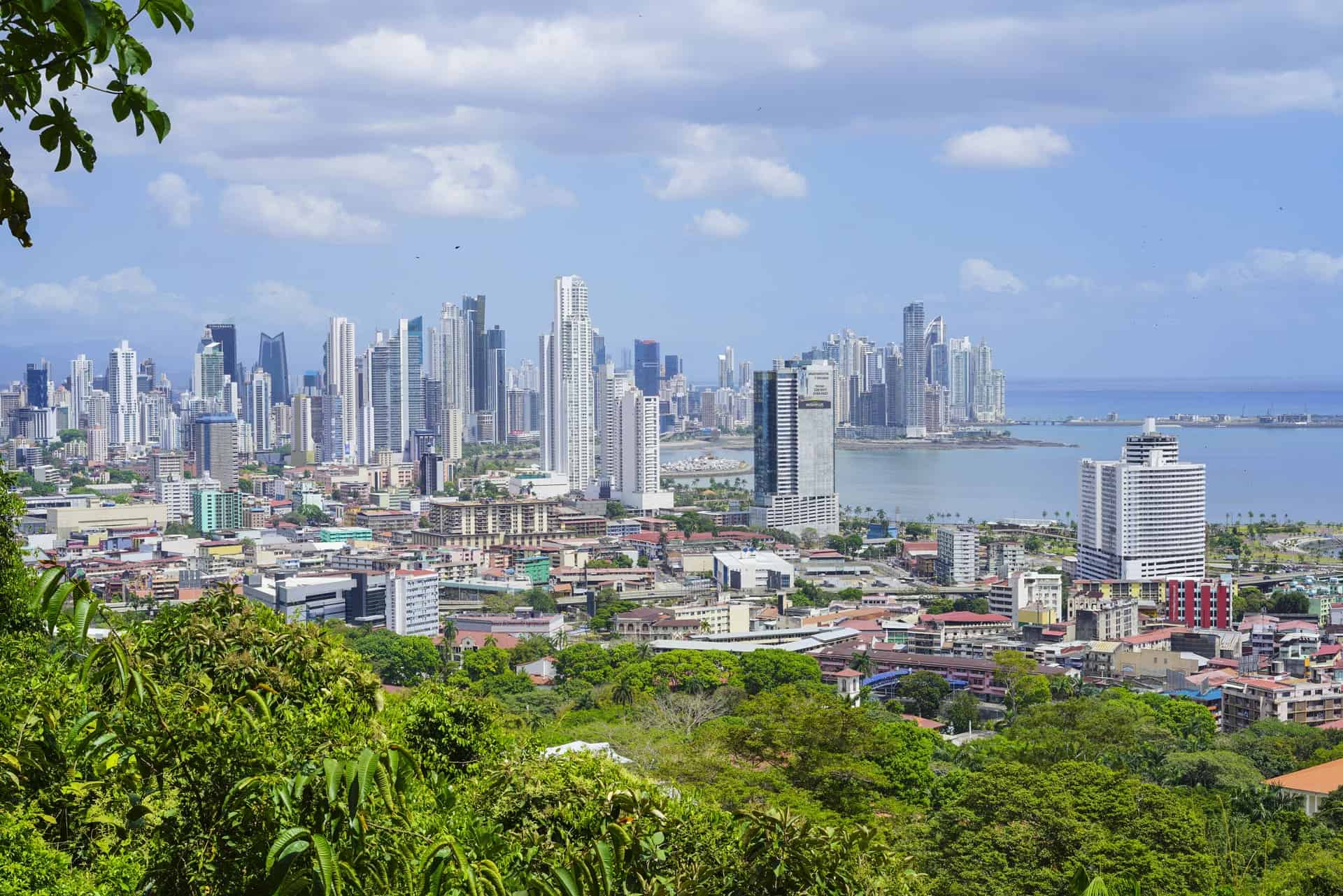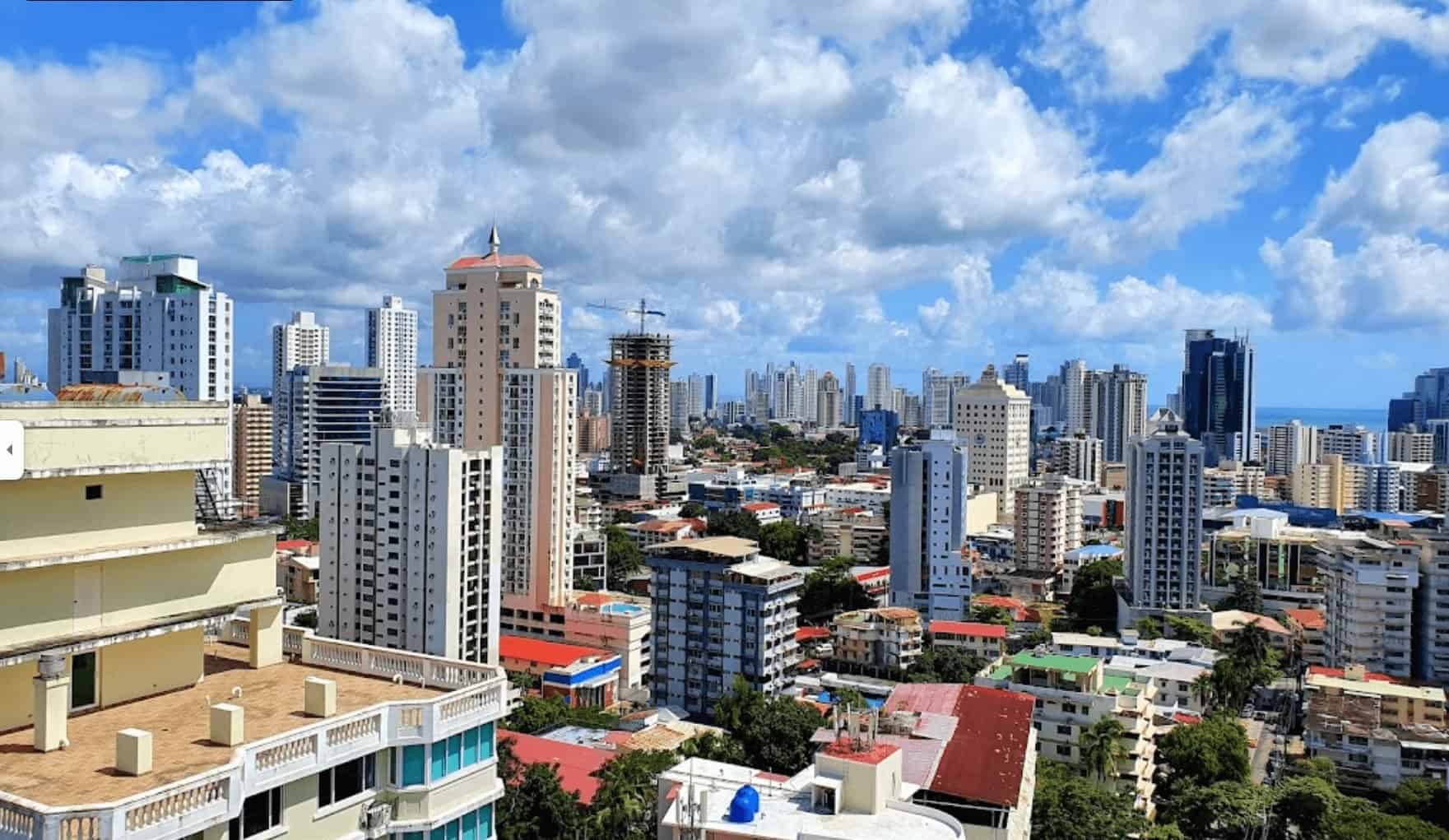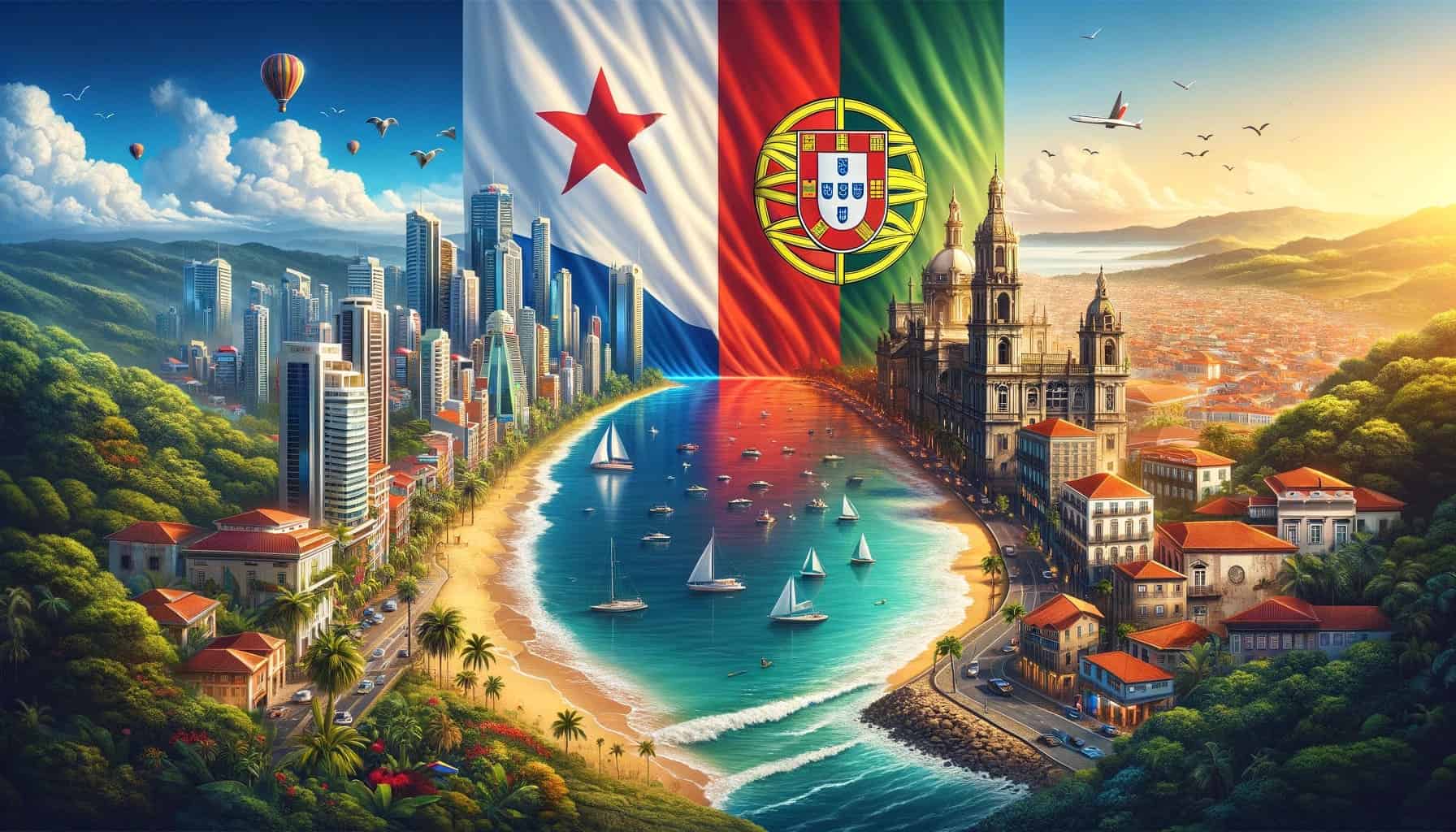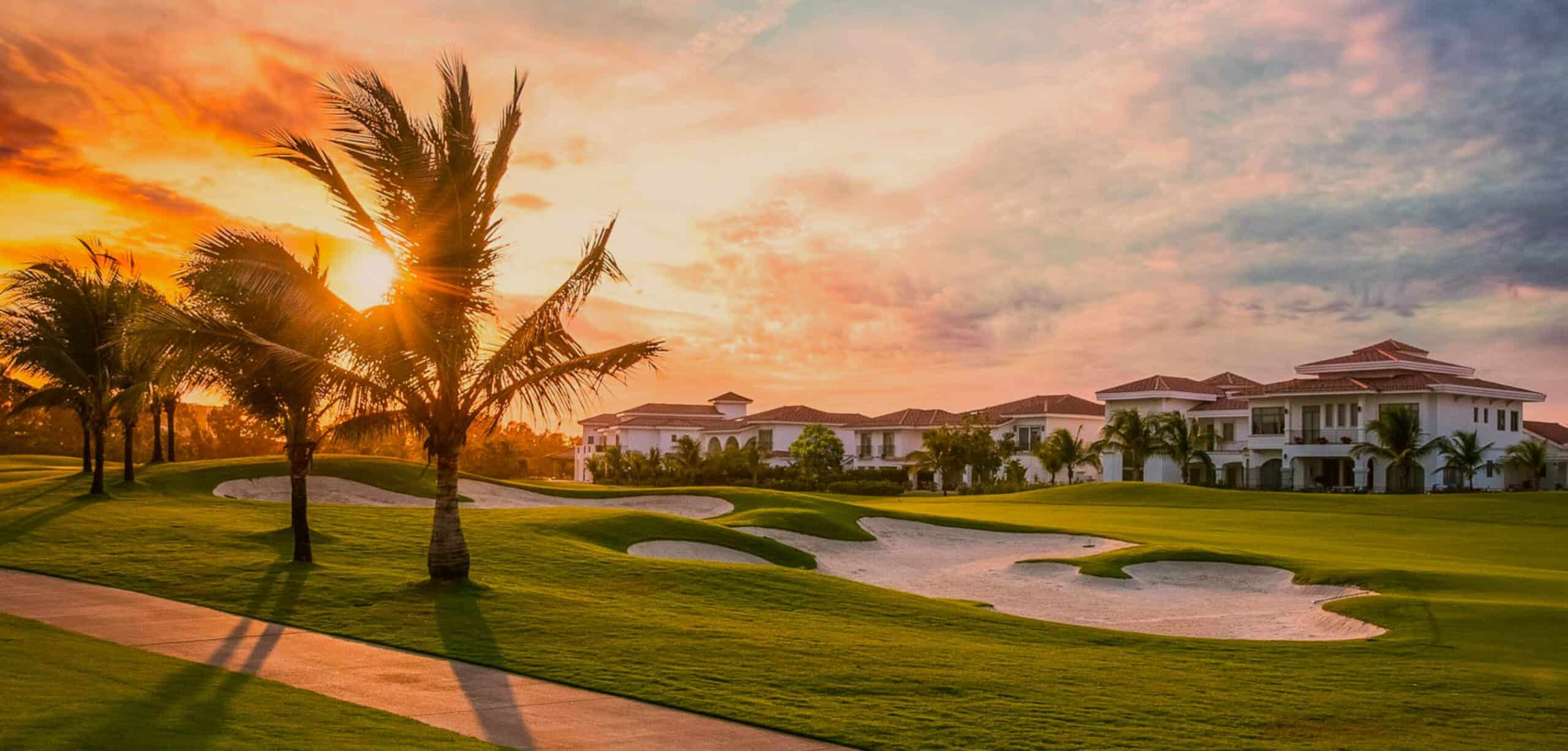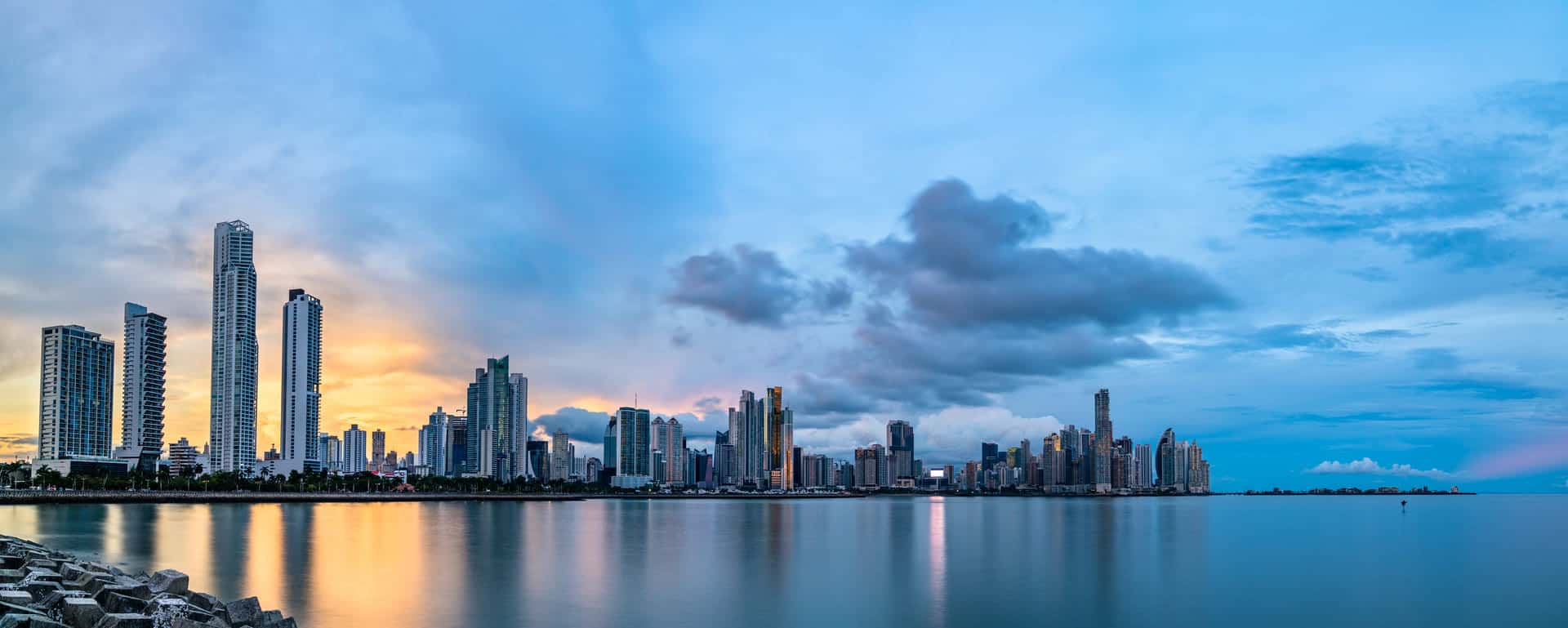Throughout Panama, the hotel landscape is evolving with the emergence of several high-end hotels. The upcoming Hyatt Regency Panama City, slated to open its doors in 2024, and the recently launched Sofitel and Hyatt Unbound in the historic Casco Viejo in 2023, exemplify this trend. These hotels, with their sophisticated offerings, are capturing the attention of international investors and are pivotal in reinforcing Panama’s position as an attractive market for high-end travel and investment. This surge in luxury accommodations is having a substantial impact on the country’s real estate landscape, influencing property values and investor interest. In this article, we will discover the multifaceted impact of these luxury hotels on Panama’s GDP, job market, and the enrichment they bring to community life. We will navigate through the perspectives of the Panamanian Association of Hotels, the potential effects of U.S. economic policies, and the trend towards sustainability within the hotel industry. Join us as we explore the interplay between these opulent hotels and the opportunities they present within Panama’s dynamic real estate market.
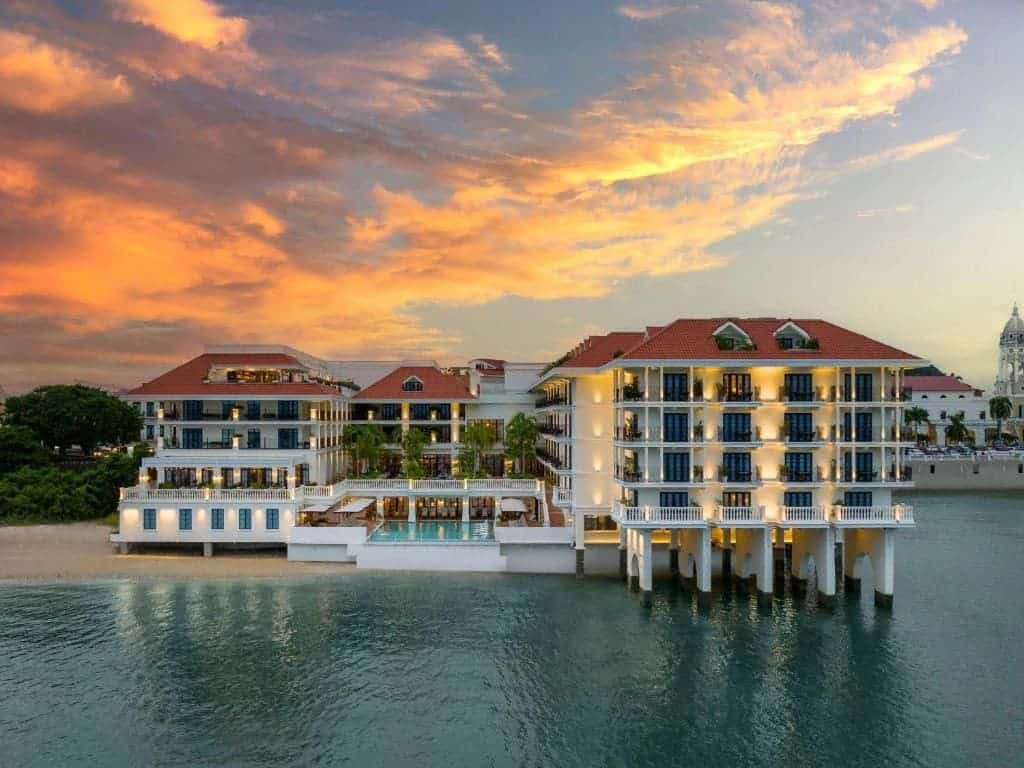
The Rise of Luxury Hotels in Panama
Panama is currently experiencing a hotel boom, characterized by a strong focus on luxury and larger accommodations. Several excellent new hotels perfectly embody this trend, and here are some of the best ones in Panama:
- Hyatt Regency Panama City
Hyatt Regency Panama City invites you to stay in one of 290 rooms and suites. You’ll enjoy a variety of restaurants, a wine bar, a coffee shop, a modern fitness center, a pool, and more at this pet-friendly hotel. The Hyatt Regency Panama City will allow travelers to discover an urban destination with deep historic roots while giving them the resources and excellent service needed to have a seamless, intuitive stay experience. Expected to open just in time for the 2024 summer season.
- Sofitel Legend Casco Viejo
Sofitel Legend Casco Viejo, Panama, is a luxury haven that meets the majesty of the Pacific Ocean. Sofitel Legend Casco Viejo transcends the idea of a conventional stay. It is an immersion in a legacy of French elegance and Panamanian culture. It features accommodation with an outdoor swimming pool, private parking, fitness center, garden, restaurant, and a terrace with a bar, 24-hour front desk, airport transfers, room service, and free Wi-Fi. The hotel also provides a business center with a fax machine and photocopier. The average cost for a one-night stay in Sofitel Legend is $369.
- Islas Secas
Islas Secas is a luxury resort set on a 14-island archipelago in the Gulf of Chiriquí on the Pacific coast of Panama. This private island eco-resort has white-sand beaches, coral reefs teeming with marine life, and an array of watersports offered. From bird-watching to boat trips, all activities are completely customized. The entire resort is powered with solar-generated energy, all food waste is recycled and wastewater is used for irrigation. Amenities include a Bar, Laundry, Restaurant, Spa, Beach, Pool, Room Service, and Wi-fi. Prices per night at Islas Secas are starting at $1500.
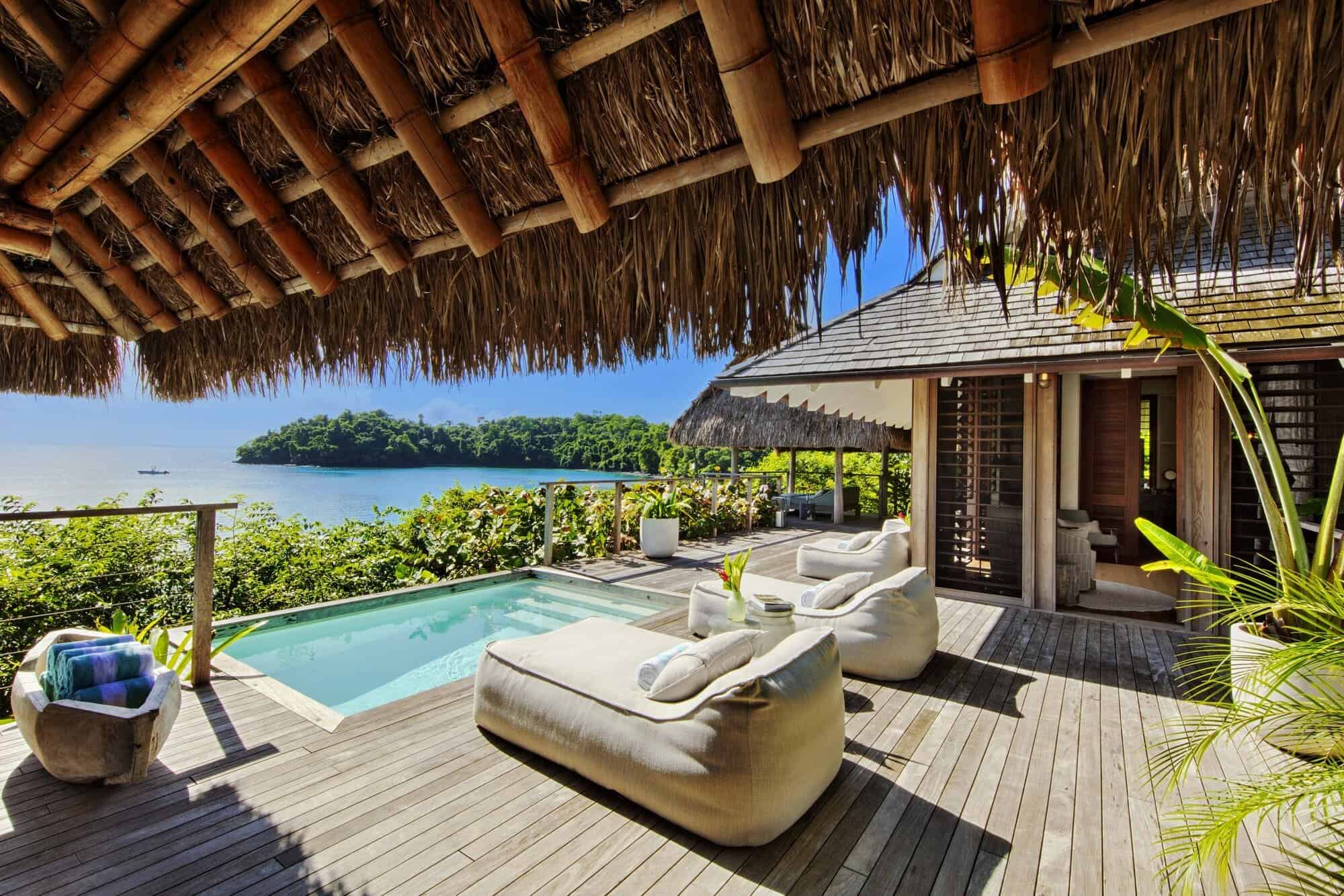
- The Ritz Carlton on Pearl Island
The Ritz Carlton Reserve is located on an island in front of Panama City and can be reached by boat or a 30min private jet flight. The 3,500-acre private island is the third largest island in the “Archipelago of Las Perlas”, which is home to 150 species of birds, 15 species of coral, and 16 species of mammals, sea turtles, and whales that visit the island. Seventy percent of the island has been set aside as a private nature reserve. The centerpiece of the Reserve will feature an open-air resort offering 86 intimate rooms and a range of select luxury amenities and exceptional services. Services include 46 Marina Slips, a Private Airport, a Medical Clinic, a Service Pier and Loading Ramp, a Beach Club, an Infinity Edge Pool, a Bar and Restaurants, Fishing, a Scuba Center, Concierge Services, 14 Private Beaches, Yachting, Diving, Bird and Whale Watching. The expected rate is $1000 per night.
- Viceroy in Bocas del Toro
Viceroy Bocas del Toro in Panama is accessible only by boat, seaplane, or helicopter. It is a private residence on the edge of the Caribbean rainforest. In here you’ll experience what it’s like when indoor and outdoor living meld into one luxurious hotel. Amenities include Banquets and meetings, a Business Center, Meeting Space, On-Site Fine Dining, a Fitness Center, High-Speed Internet, an Outdoor Pool, and a Spa. The viceroy in Bocas del Toro also offers activities like Mountain Biking, Boating, Ecological Tourism, Hiking and Sailing. Viceroy Bocas del Toro will be opening in 2026. The price for a night stay at Viceroy in Bocas del Toro is still in management discussion.
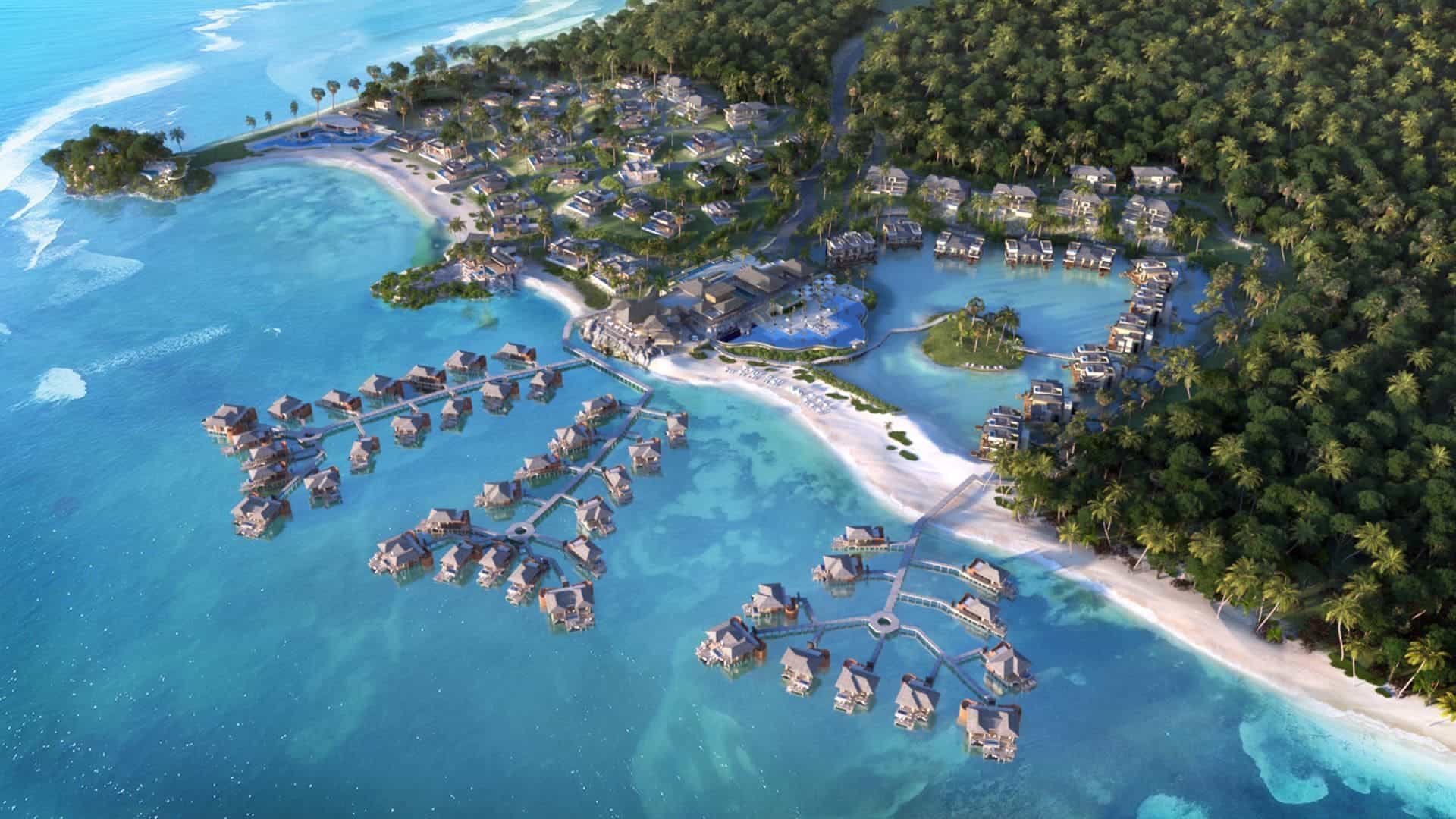
Investment Opportunities
Since 2006, Panama’s real estate sector has undergone a significant transformation, catalyzed by the development of high-profile skyscraper projects such as the Trump Ocean Club International Hotel and Tower, which has sparked a surge in international interest. This interest is reflected in the country’s strong economic performance, with a remarkable 9% GDP growth in 2022 and positive growth projections for 2023, with Fitch Ratings forecasting a 4.5% increase and the Economic Commission for Latin America and the Caribbean a slightly lower 4.2%.
The rise of luxury hotel developments, especially in Panama City, has created a wealth of investment opportunities; these high-end establishments draw both tourists and investors, leading to an increase in real estate prices in the surrounding areas. The construction of a luxury hotel becomes a nucleus of economic activity, raising the value of nearby properties, significantly impacting residential real estate as the growing need for accommodations for hotel staff and tourists causes price rises and new housing developments. The influence of these hotels also extends to the commercial real estate market, with the rise of retail spaces, restaurants, and service businesses to cater to an influx of visitors and new residents, signaling a boost in regional economic health and encouraging further investment in infrastructure and services, thereby increasing the area’s appeal for long-term investment. Furthermore, the emergence of these upscale hotels raises Panama’s status as an international tourist destination, enhancing its global presence and attracting a larger and more diverse group of visitors, benefiting the tourism sector and stimulating wider economic expansion, thereby creating a positive feedback loop that further strengthens the real estate market.
Benefits of Hotels to Panama’s Economy
Panama’s economy sees substantial contributions from the hotel, restaurant, and institutional sectors, primarily fueled by international tourism. The travel and tourism sector, including hotel development, is an engine of economic development. The tourism sector has large implications for the Panamanian economy because of the very high and rapidly increasing arrivals of foreign tourists and high levels of spending. This is evident from the very large contribution of the sector to the GDP, somewhere in the range of 6% to 9%. The tourism and hotel industry’s most immediate benefit is job creation. Communities benefit from employment opportunities in accommodation, food and beverage, and tourist activities. According to Statista, the tourism industry in Panama accounted for 17% of total jobs in the country for the year 2022. Tourist demands create new jobs, generate additional revenue, and enable people to pursue various business ideas that were borderline impossible before the arrival of tourists.
Additionally, tourism in Panama is not just about economic benefits, it also enhances the social and cultural fabric of local communities. For instance, Panama’s Sustainable Tourism Master Plan focuses on preserving and regenerating ecosystems and ancestral traditions, engaging local communities at the center of the tourism phenomenon. This approach guarantees that sustainability is achieved by empowering local and indigenous communities to preserve their rich and diverse ecosystems and cultural heritage. The Panama Sustainable Tourism Model, developed by the Tourism Authority of Panama, aims to establish tourism as a tool to empower these communities. Projects like the Panama Alliance for Community Tourism (PACT) work alongside local communities to implement sustainable tourism practices.
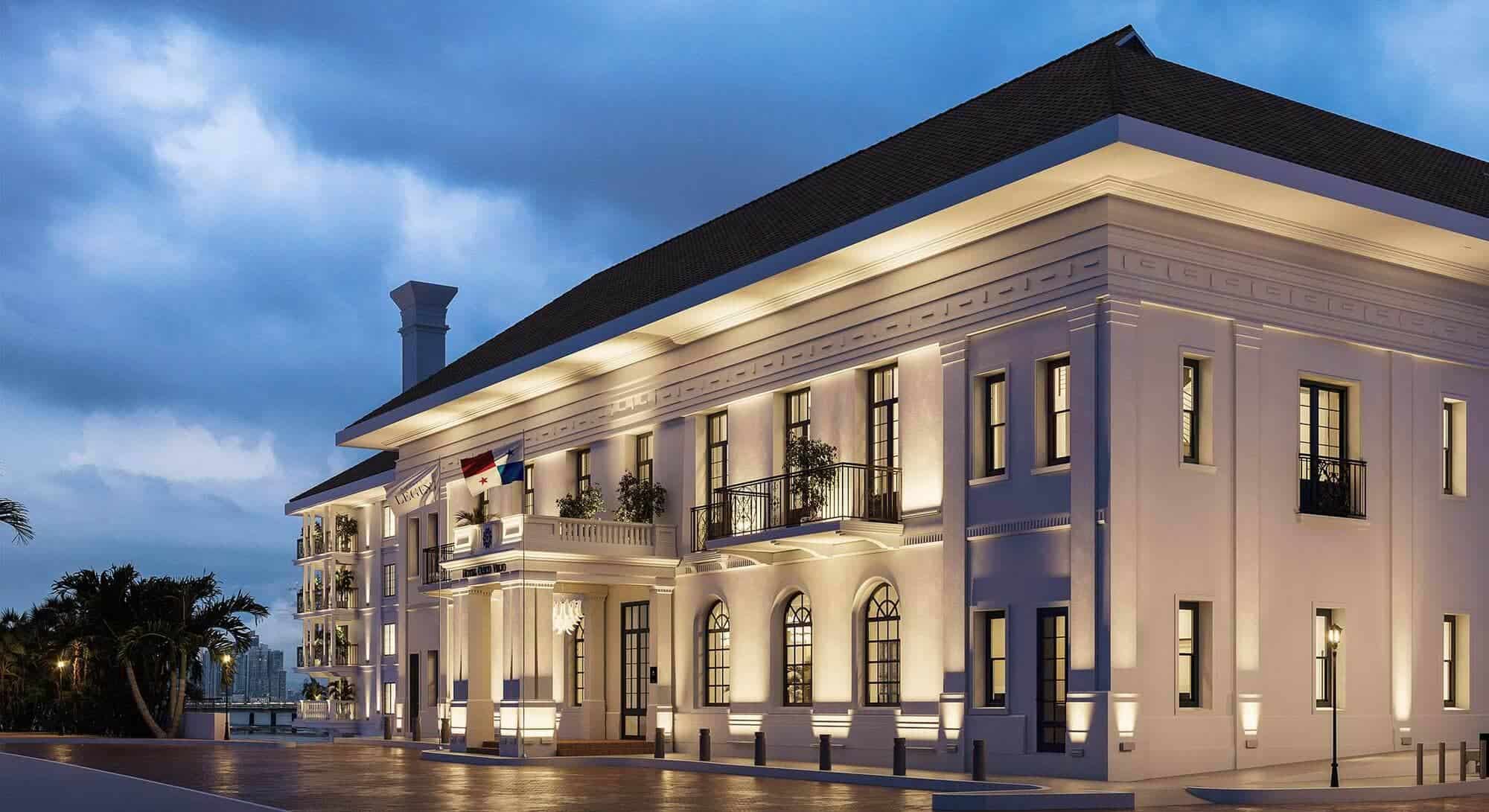
Challenges and Considerations
In Panama, the government actively supports the luxury hotel industry and tourism through progressive policies and incentives. Law No. 54 epitomizes this support by granting foreign investors the same privileges as Panamanian businesses, fostering a welcoming investment climate. The implementation of Law 122 further sweetens the deal for hotel investors with generous import tax exemptions on both construction and operational materials. Initiatives to streamline bureaucratic procedures and the establishment of special economic areas like Panama Pacifico and the City of Knowledge offer additional tax benefits and incentives.
Despite this supportive climate, the Panamanian Association of Hotels (APATEL) and other stakeholders are mindful of external economic factors, such as the U.S. economy’s fluctuating conditions, which could lead to a downturn in American tourism to Panama. This concern underscores the necessity for diversification in Panama’s tourism strategy, with organizations like Promtur at the forefront of efforts to elevate Panama’s status to the international renown of eco-tourism champions like Costa Rica. The government’s acknowledgment of tourism as a crucial economic driver is evidenced in the Master Plan for Sustainable Tourism 2020-2025, aligning with UNESCO standards for conserving and showcasing the nation’s natural and cultural treasures.
However, challenges persist, including the need for improved infrastructure in rural areas, the adoption of sustainable practices amidst environmental policy changes, and navigating complexities such as labor laws and anti-corruption efforts. Still, Panama remains steadfast in its commitment to growth and is strategically positioned to surmount these hurdles, aiming to match and exceed the tourist appeal of its Central American neighbors by strengthening its luxury hotel sector and capitalizing on its unique offerings to both travelers and investors.
Conclusion
Panama’s ascent in the luxury hotel market is creating a robust investment environment, reflected in the real estate sector’s growth and the country’s positive economic indicators. Government initiatives like Law No. 54, Law 122, and the support of entities such as Promtur are testament to a strategic push towards amplifying tourism and attracting foreign investment. Challenges, including reliance on the fluctuating U.S. economy and the need for sustainable infrastructure, are acknowledged by industry stakeholders, emphasizing the importance of a diversified approach to tourism. The luxury hotel boom promises to elevate Panama’s global tourism stature, driving economic benefits and job creation, while necessitating careful attention to sustainable and inclusive development strategies. As Panama navigates these waters, its luxury hotels stand as pillars of potential for a nation poised to claim a competitive edge in the international tourism market.

